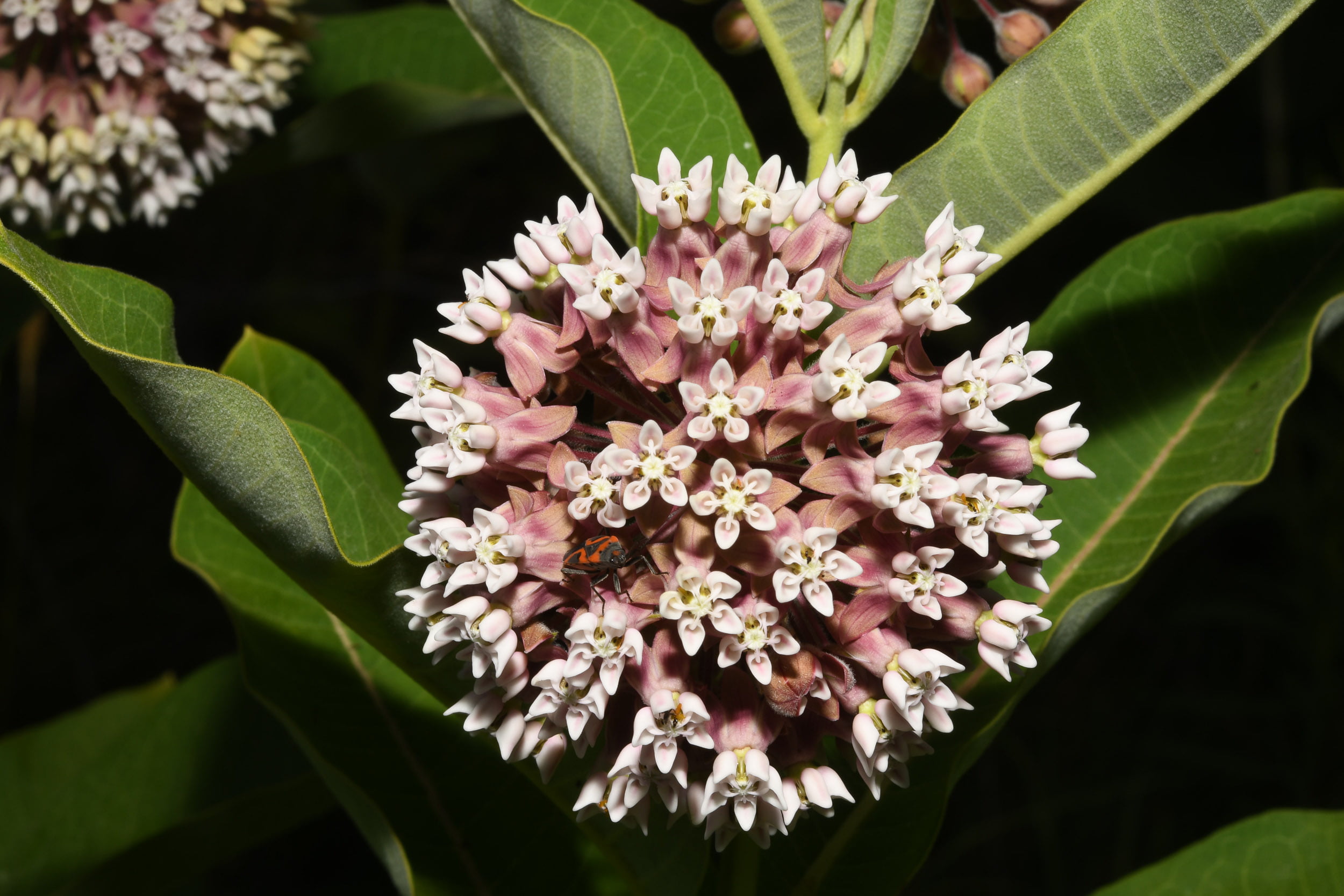“Asclepias” is a genus of perennial plants commonly known as Milkweeds. The genus belongs to the family Apocynaceae and consists of around 140 known species, most of which are native to North America. The milky latex is toxic to most mammals, including humans, but this protects Milkweed Butterfly larva from predators.
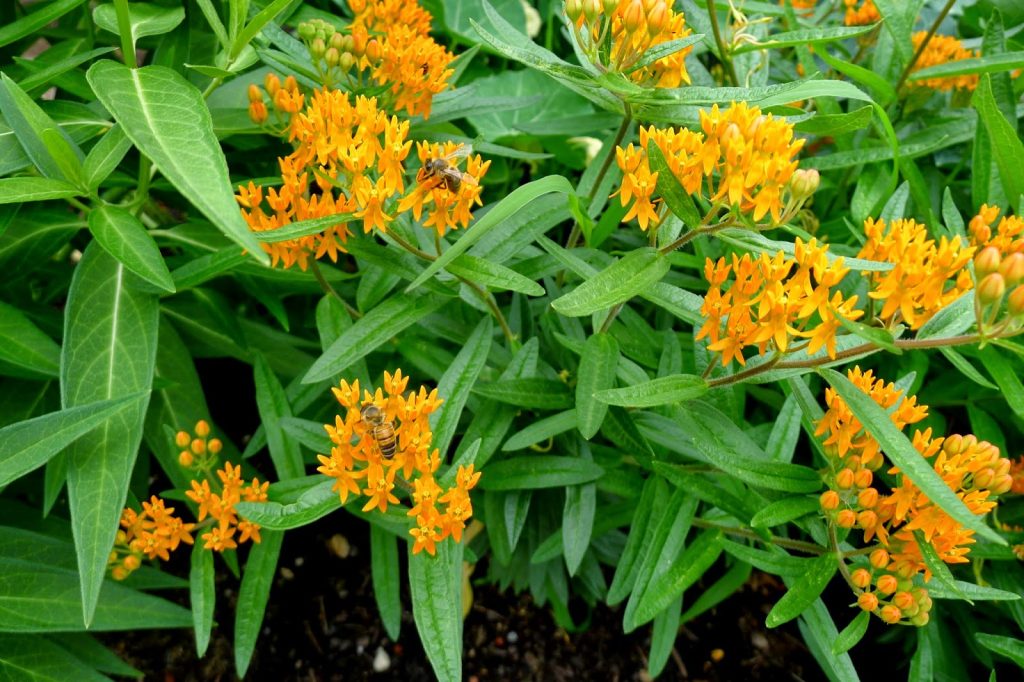
The name “Asclepias” is derived from the Greek god of healing, Asclepius, as these plants were traditionally used in herbal medicine.

Milkweeds are herbaceous plants that typically have simple leaves arranged in pairs or whorls along the stem. The flowers of milkweed plants are unique and attract pollinators such as bees and butterflies. They have five united petals that form a distinctive crown-like structure known as a corona.
Milkweed flowers are often fragrant and come in various colors, including shades of pink, purple, orange, and white.
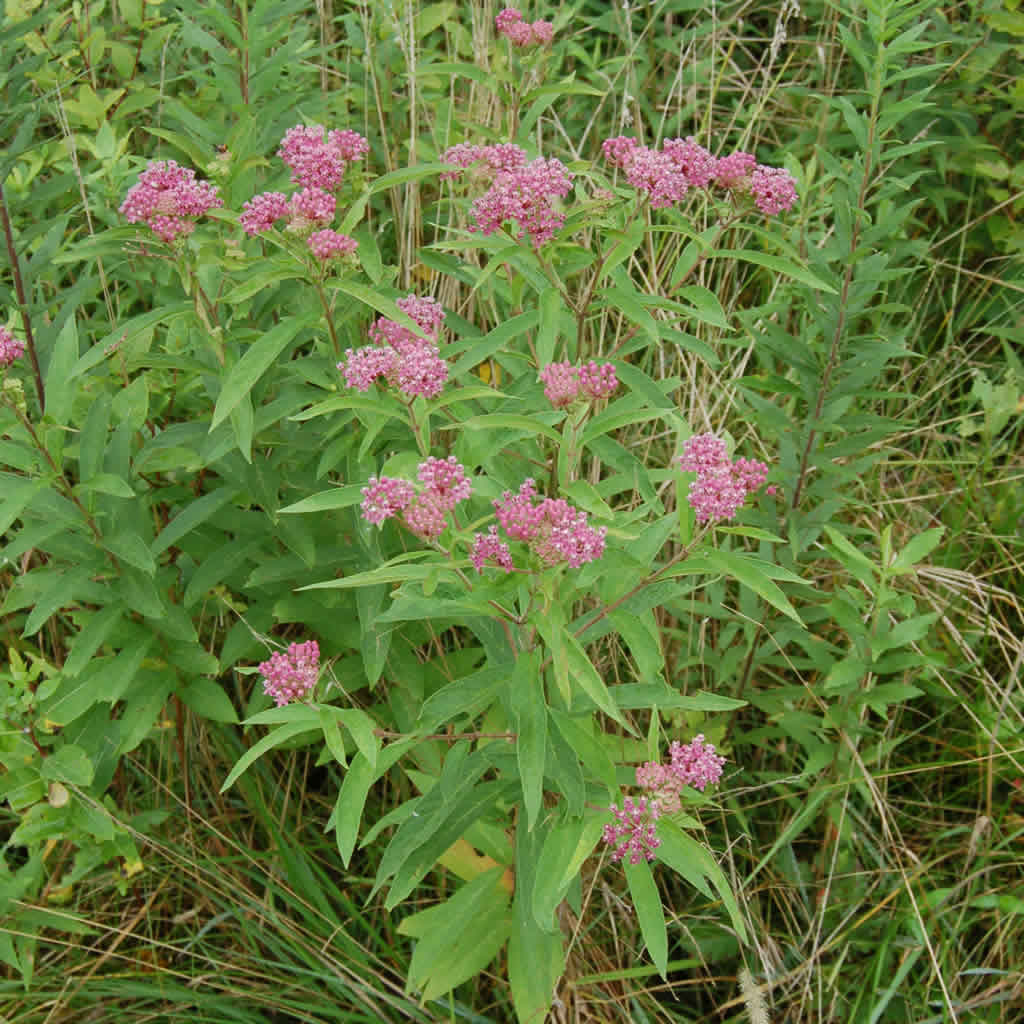
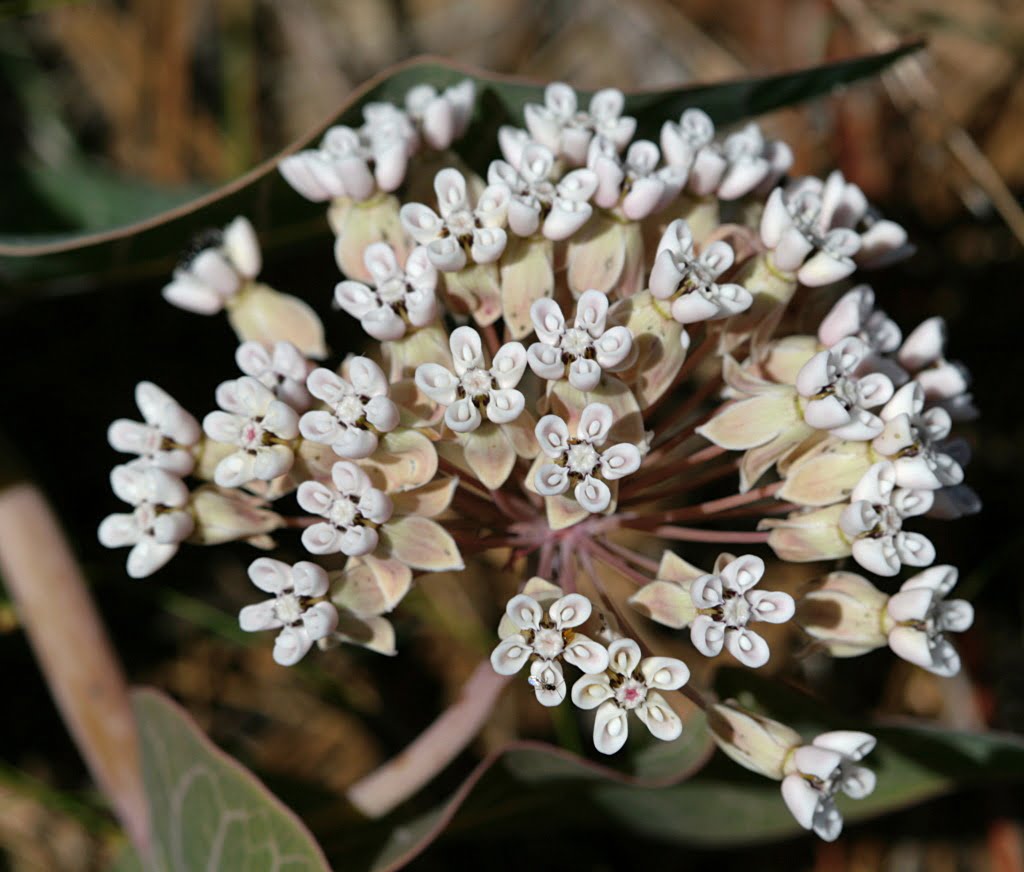
10 Sandhill Milkweed Seeds Ascslepias Humistrata Pinewood Milkweed Florida-Native
With Johnny Butterflyseed’s Sandhill Milkweed seeds, you’re not just planting flowers; you’re cultivating a living mosaic of nature’s marvels. 10+ Florida Native seeds.
One notable characteristic of milkweeds is their milky sap, which contains toxic compounds called cardiac glycosides.
These compounds make milkweeds unpalatable and potentially harmful to most animals. It is also toxic to people. However, certain insects, particularly monarch butterflies and their caterpillars, have evolved to tolerate and even sequester these toxins, which provide them with a defense mechanism against predators.
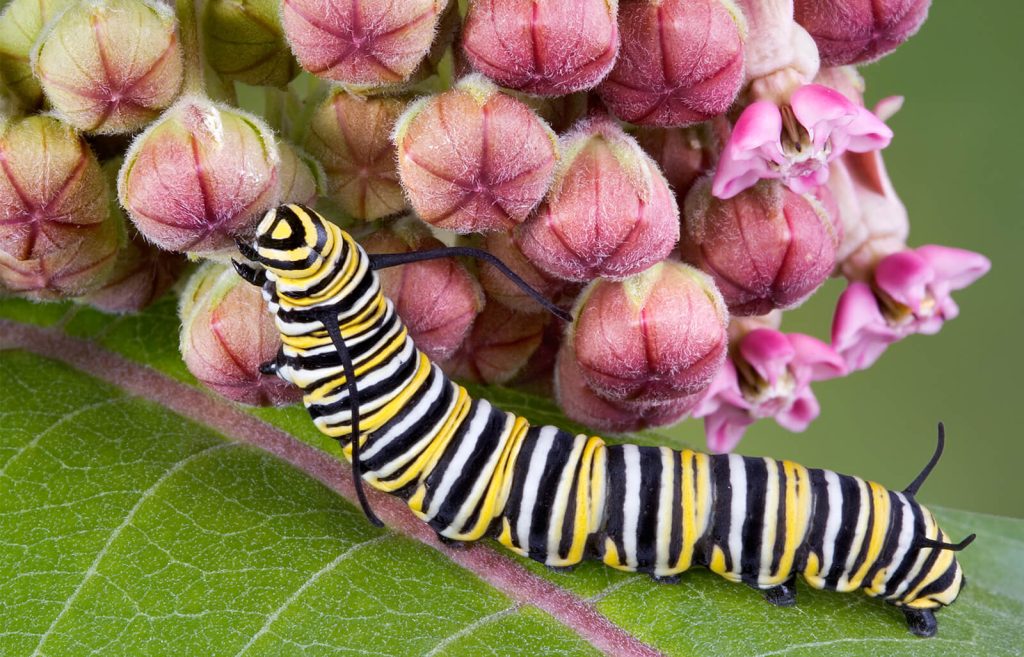
Milkweeds are ecologically significant plants as they serve as important host plants for Monarch Butterfly larvae. The caterpillars feed exclusively on milkweed leaves, which contain the necessary nutrients for their development. Moreover, milkweed flowers are a valuable nectar source for many pollinators, contributing to the overall biodiversity of an ecosystem.
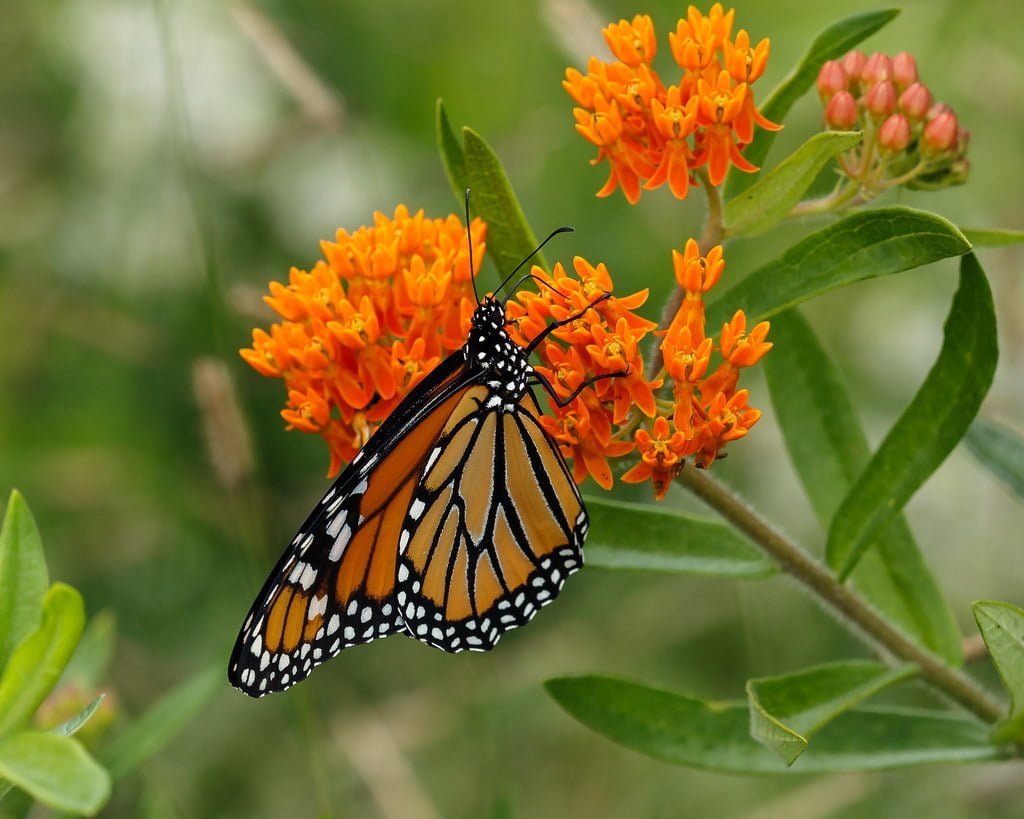
Butterfly Milkweed Seeds (Asclepias Tuberosa) for North America
More than 50 Orange Butterfly Milkweed Seeds (Asclepias tuberosa) originating from tobacco country for most of North America.
In addition to their ecological role, milkweeds have also been used for various purposes by humans. Some species have a long history of medicinal use in traditional herbal remedies. Furthermore, the fibers from milkweed plants have been utilized for making textiles and cordage, and the seed pods of certain species have been employed in crafting.
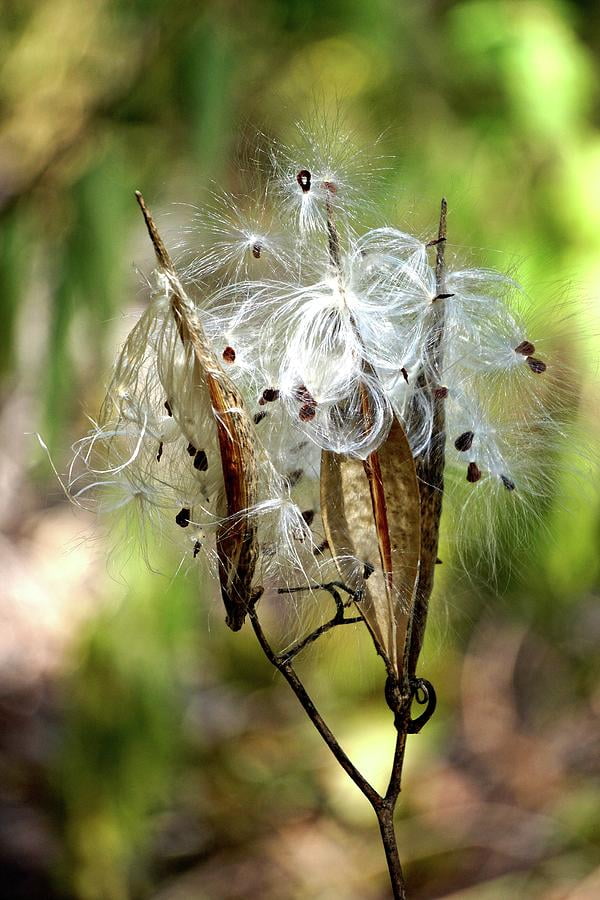
Overall, Asclepias, or milkweeds, are a diverse group of plants that possess ecological importance, unique floral structures, and historical significance in human uses. And since Monarch Butterflies require Asclepias plants to feed their babies, we need Milkweed more than ever. With your help planting Milkweed, we can restore all Milkweed Butterflies … one day at a time!

The Adventures of Johnny Butterflyseed – Author Signed First Edition Children’s Book
Save the monarchs!
Johnny Butterflyseed and his fairy friend, Raven Silverwing, embark on a mission to save the rapidly disappearing butterflies. They enlist the help of Queen Venus Goldwing and her kingdom of monarchs to educate and inspire kids to become butterfly farmers. At first, Johnny faces his own internal struggle with self-doubt and fear in his ability to make a difference, but then soon develops a mindset that allows him to not only get started, but also make progress one day at a time. Through challenge after challenge, Johnny learns that he is not alone in his mission and that there are many people who want to help. Together, Johnny, Raven, and Queen Venus educate thousands of children on becoming butterfly farmers.
